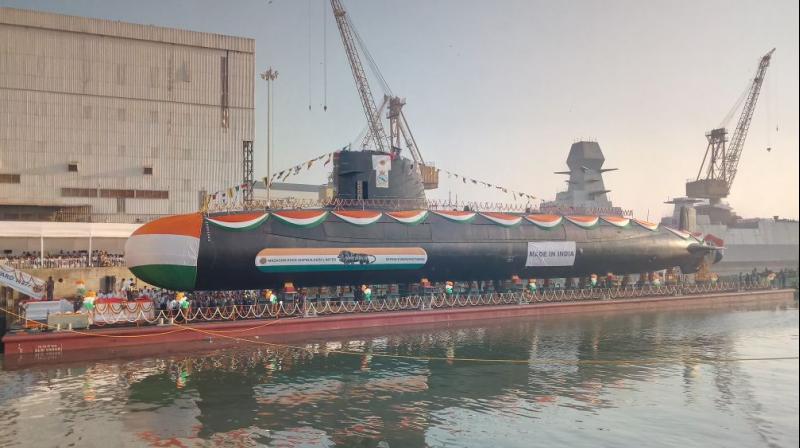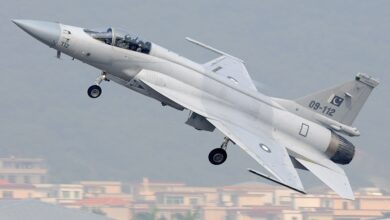P75I Submarine Programme Of The Indian Navy Is In Troubled Waters

- Transferring technology is a key part of the tender, but at least one of the foreign bidders has not yet gotten permission to share important technology that was made with government money.
- DRDO has shown that AIP technology works, but it hasn't been proven at sea yet. Officials from the DRDO say that the home-grown AIP can meet all requirements in a little more than three years.
The navy’s plan to build six modern conventional submarines that can stay underwater for a long time is still having trouble and delays. For example, foreign partners missed a deadline for submitting bids.
Sources say that the Rs 43,000 crore P 75I programme, which calls for an Indian shipyard and a foreign technology partner to work together to build submarines in India, is getting another extension. The new deadline for bids is August 2023.
The original plan was for Indian shipyards to put together a single bid with a foreign partner in 2021. After several problems were brought up about liability clauses and other issues, the deadline was pushed back to June 2022. Since no one replied, this was put off until December of this year.
ET says that foreign technology partners are having trouble meeting important requirements for underwater endurance and stealth, and they are also worried about technology transfer. ThyssenKrupp Marine Systems (TKMS) of Germany and Daewoo Shipbuilding and Marine Engineering (DSME) of South Korea have been talking with Indian shipyards about the technical aspects of designing a new submarine for India. However, it is hard for these companies to meet critical parameters set by the Indian navy.
Sources say that the navy gave shipyards a new extension on November 30, giving them nine more months to put together a bid. The new submarines have a sea-tested Air Independent Propulsion (AIP) system, which is a key part that will allow them to stay underwater for more than two weeks. Current submarines can stay underwater for only two to three days.
But foreign technology partners are having trouble meeting technical requirements. Some of their concerns have been addressed, such as clauses in the draught contract that put almost unlimited performance and delivery liability on them.
Transferring technology is a key part of the tender, but at least one of the foreign bidders has not yet gotten permission to share important technology that was made with government money.
Indian companies shortlisted for the construction, Mazagaon Dockyards Ltd (MDL) and Larsen and Toubro (L&T), have been talking with foreign technology partners from Germany, France, Russia, South Korea, and Spain for the past few years to make a plan for transferring technology.
But only Germany and South Korea are still in the running because the navy has said that the bidder must have an AIP system that has been tested at sea. Russia, France, and Spain do have AIP technology, but it is not on a submarine where it could be shown. DRDO has shown that AIP technology works, but it hasn’t been proven at sea yet. Officials from the DRDO say that the home-grown AIP can meet all requirements in a little more than three years.







Facebook Comments